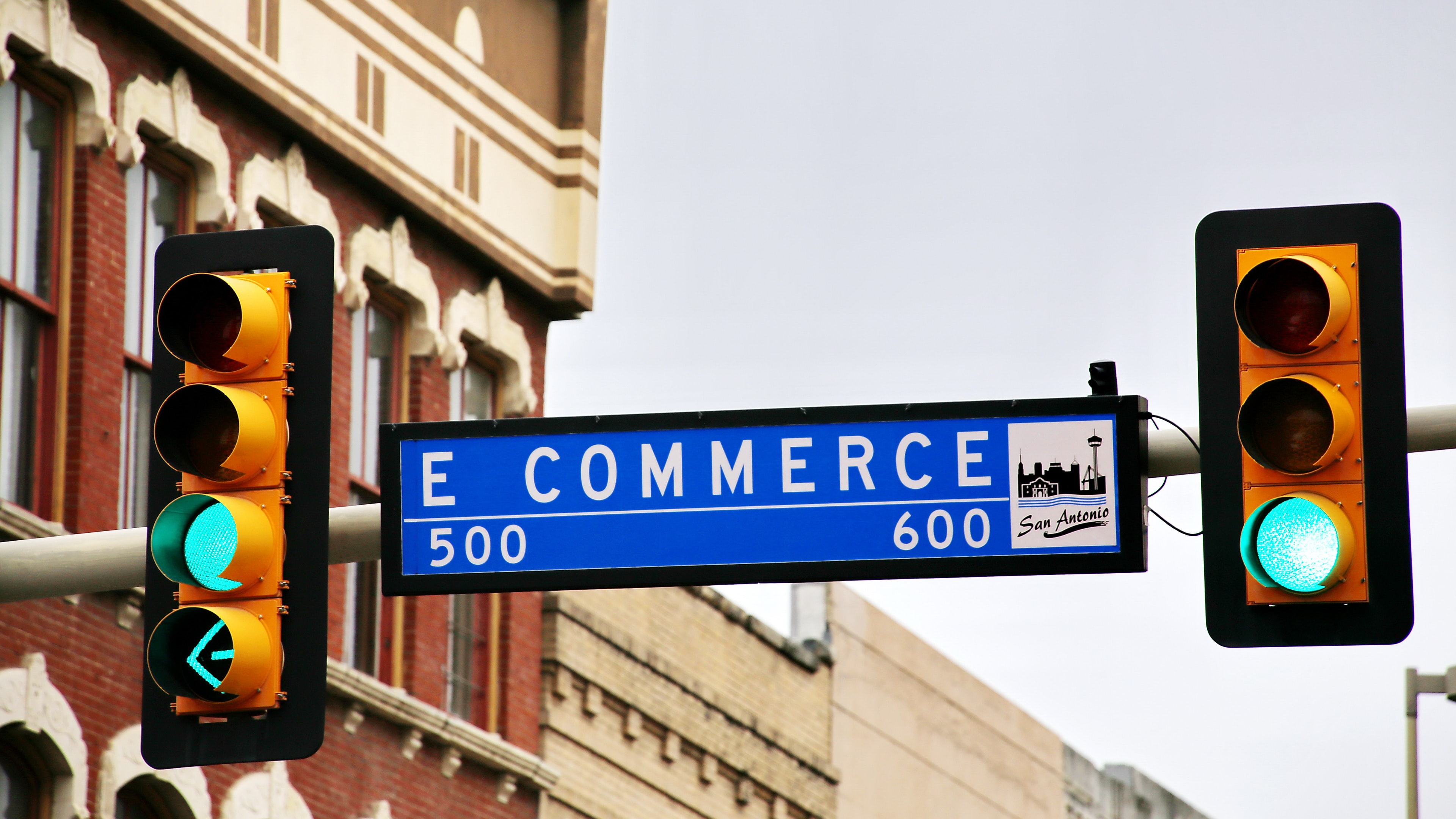Thank you! Someone from our sales team will be in touch to schedule a demo shortly.

High return rates can be healthy for your business.
I know we sound crazy, but hear us out.
For so long, the ecommerce community has focused on return rates as the enemy of growth. For every 100 orders, an average of 20 are coming back as returns. Brands have focused almost exclusively on driving this “20” down. It’s an understandable reaction — we focus on reducing returns because they’re costly, and costs erode margin.
But returns are not actually the enemy in ecommerce. It’s perfectly natural that not every product-person pairing is going to be a perfect fit. The real enemy is uncertainty. We feel like returns are “harming” the orders that we have, but uncertainty is killing the orders that could have been!
When a Brand is focused on the 20 orders that are coming back as returns, they’re missing the 5,000 shoppers who came to their site but didn’t make a purchase because they lacked confidence. If you were a Brand, would you choose to have 100 orders and 20 returns, or 150 and 60 returns? Moreover, what if each of those 150 orders were 50% larger than the 100? What if those 150 were more profitable than the 100?
Return rates must be contextualized by the broader unit economic model. Increasing return rates erode order profitability if you can’t materially impact the other metrics in the unit economic model, namely average order value and conversion rate. If you can generate 50 more orders that are 50% larger, there’s plenty of room to handle an increase in return rates.
How can Brands get more orders, bigger orders, and more profitable orders, at the same time?
Let’s put ourselves in the shopper’s shoes. You’re scrolling Instagram and see an ad for some denim that speaks to you. You click on it. You scroll through the pictures on the website and think you’d like them, but know you won’t be 100% sure until you try them on. Then you see that the Brand offers Try Now Buy Later. You can try the jeans on at home, just like a fitting room! You throw a couple sizes in your cart and click "checkout". A few days later, your denim arrives in the mail. You have your own mini fashion show, find your perfect fit, and return the pair that wasn’t quite right. Another few days pass, and later you’re charged for the items you kept. Because you had such an easy and delightful shopping experience, you end up shopping there again the next week after you get an email about their new denim jacket!
Brands that offer Try Now Buy Later enable shoppers to shop the way they want — by first trying and then buying. In doing so, these Brands remove uncertainty and instill confidence. This means more shoppers check out, more shoppers get the Brand’s products in their hands, and more shoppers convert into loyal, repeat customers.
Brands with Try Now Buy Later growth strategies have shifted the way they think about returns. No longer are returns their foe, but a friend. Returns are not something they try to reduce, but a natural end to the transaction. These Brands look at the cost of returns as part of the customer acquisition cost — if paying a little extra for returns means more shoppers will order more, and end up keeping more, Brands are happy. As long as the cost of returns is less than the revenue generated by the program, the math adds up.
The ecommerce, direct-to-consumer space is highly competitive. In any one category, there are thousands of Brands and millions of products for shoppers to choose from. Brands who win are those that put the shopper first, those that remove friction and uncertainty, and those with a great product that delivers on their promise.
Brands can either choose to embrace returns as a natural part of the ecommerce transaction, and in doing so grow their businesses, or they can stay the course, focused on the wrong fight, and watch shoppers find joy in another’s products.
Try Now Buy Later is the tool that visionary Brands deploy to drive growth.
Check out the results that our visionary Brand partners have achieved with TNBL.